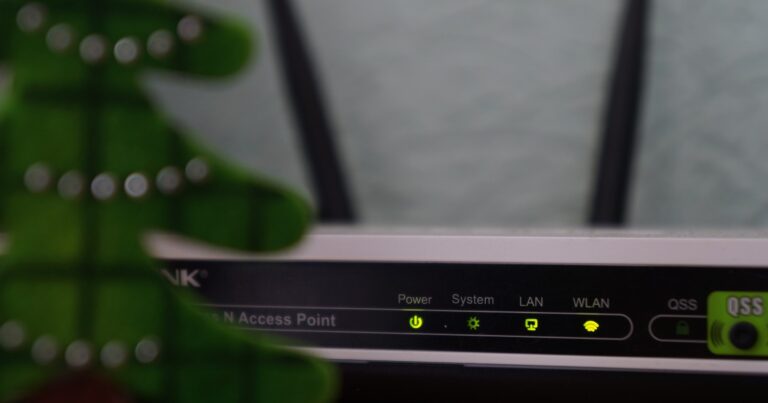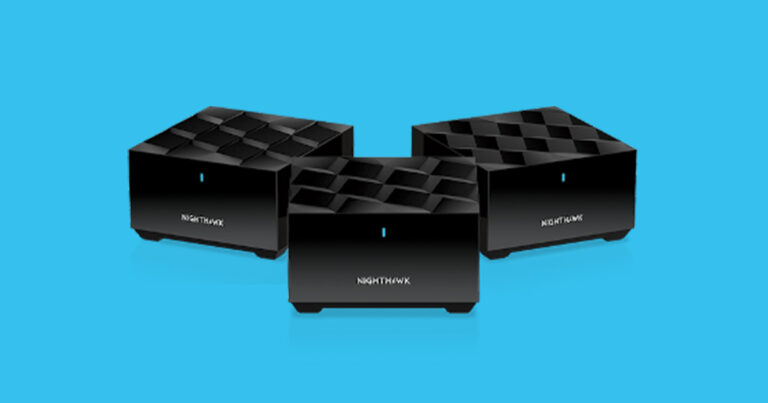Optus Mobile Review ALDI Mobile Review Amaysim Mobile Review Belong Mobile Review Circles.Life Review Vodafone Mobile Review Woolworths Mobile Review Felix Mobile Review Best iPhone Plans Best Family Mobile Plans Best Budget Smartphones Best Prepaid Plans Best SIM-Only Plans Best Plans For Kids And Teens Best Cheap Mobile Plans Telstra vs Optus Mobile Optus NBN Review Belong NBN Review Vodafone NBN Review Superloop NBN Review Aussie BB NBN Review iiNet NBN Review MyRepublic NBN Review TPG NBN Review Best NBN Satellite Plans Best NBN Alternatives Best NBN Providers Best Home Wireless Plans What is a Good NBN Speed? Test NBN Speed How to speed up your internet Optus vs Telstra Broadband ExpressVPN Review CyberGhost VPN Review NordVPN Review PureVPN Review Norton Secure VPN Review IPVanish VPN Review Windscribe VPN Review Hotspot Shield VPN Review Best cheap VPN services Best VPN for streaming Best VPNs for gaming What is a VPN? VPNs for ad-blocking Sometimes WiFi 6 is called by its full jargon name, IEEE 802.11ax, and while a lot of that name isn’t particularly important, those two letters on the end – ax – are what you’re looking for on a product spec sheet to confirm whether it supports WiFi 6. These days, there’s a range of WiFi 6 devices, including WiFi 6 smartphones like the iPhone 13 and Samsung Galaxy S22 ranges, which can tap into the speedy perks of the latest wireless standard by connecting to a WiFi 6-compatible router or modem-router. If Seinfeld was still around, amid discussions of a myriad of newfangled trends, main man Jerry Seinfeld may well ask: “What is the deal with WiFi 6?” And while I won’t even try to wax lyrical about his observational style of answering such a rhetorical question, it’s a question that more than a few consumers might find themselves asking before too long. The table below shows the core differences between the six WiFi generations. Like previous WiFi generations, WiFi 6 is backwards compatible with earlier versions, meaning if you have WiFi 6 devices, they can still connect to WiFi 5 (or older) routers and, similarly, WiFi 5 (and older) devices can connect to a newer WiFi 6 router. The same rules apply for WiFi extenders. Even with ultrafast internet, you need both a WiFi 6 device and a WiFi 6 router to start to tap into these kinds of speeds. Finally, typical wireless networking disclaimers come into play. Speeds are ultimately determined by how far away you are from the router, what interference may impact performance, and which frequency you’re connected to (e.g. 2.4GHz or 5GHz). If you want to take advantage of WiFi 6 speeds when it comes to internet, your best bet is an NBN Ultrafast plan. The NBN Ultrafast WiFi plans below are ranked in terms of price. You can check out the widget below for a round-up of 5G home internet plans. For years, the routers and NBN modems in our homes have broadcasted over either 2.4GHz or 5GHz bands. WiFi 6E supports the 6GHz band, which means access to more WiFi channels and, therefore, reduced network congestion and fewer dropped signals. Other benefits include extremely low latency, higher-capacity networks, extended battery life for compatible devices, and gigabit speeds. While the FCC has approved the use of the 6GHz band in America, it’s up to the ACMA in Australia as to whether the band will be approved for use Down Under. Even if the 6GHz band is approved for unlicensed use in Australia, tapping into its perks will require WiFi 6E router and WiFi 6E device compatibility requirements. Prices range from around $200 all the way up to $900 for a WiFi 6 router. D-Link, Netgear and Asus are the brands to look for in Australia, with the D-Link DIR-X1560 an entry-level option, the Asus RT-AX58U a mid-range choice, and the Netgear Nighthawk XR1000 a more expensive, fully featured pick.
iPhone 13, iPhone 13 Mini, iPhone 13 Pro, iPhone 13 Pro Max iPhone 12, iPhone 12 Mini, iPhone 12 Pro, iPhone 12 Pro Max iPhone 11, iPhone 11 Pro, iPhone 11 Pro Max iPhone SE Samsung Galaxy S22, S22 Plus, S22 Ultra Samsung Galaxy S21, S21 Plus, S21 Ultra Samsung Galaxy S20, S20 Plus, S20 Ultra Samsung Galaxy S20 FE, S20 FE 5G Samsung Galaxy S10, S10 Plus, S10E, S10 5G Google Pixel 6 PlayStation 5 Asus VivoBook Flip 14 Dell XPS 13 (2020 edition) Microsoft Surface Laptop Go Microsoft Surface Laptop Go 2 HP Spectre x360
Unless you’re looking to get the best speeds out of any devices you own that already support the new standard, you don’t need to rush out and upgrade your home network to WiFi 6 just yet. Give it a year or two, and WiFi 6 will probably be standard in most new devices that rely on wireless connectivity in one way or another. Are the only things on your WiFi network a phone and a laptop that you use to answer emails? If so, then investing in a WiFi 6 router might be a bit overkill. On the other hand, if you’re household connection is struggling under the strain of several dozen gadgets and a bevy of smart home devices, then it might be worth investigating how much is involved in upgrading your setup to take advantage of WiFi 6.


